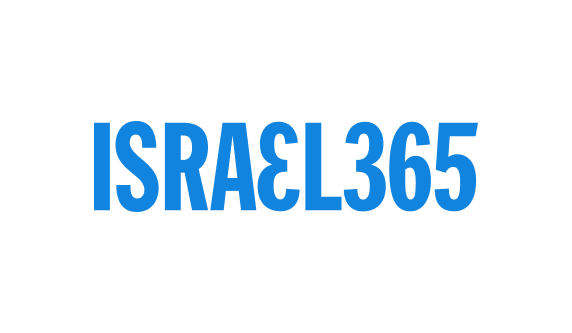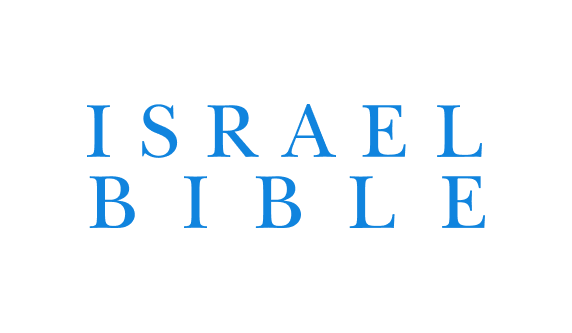On December 28, 2016, Secretary of State John Kerry laid out his vision to achieve a lasting peace between Israel and the Palestinians. In his fourth of six points, Kerry argued for “an agreed resolution for Jerusalem as the internationally recognized capital of the two states.” According to the outgoing US administration, sharing Jerusalem will be the lynchpin in a future of peaceful coexistence between Israel and her neighbors. However, any man-made plan to divide Yerushalayim stands in stark contrast to the divine plan for our holy city as alluded to in our haftara.
Both the haftara (I Kings 2:1-12) and the parsha describe the death of two of our greatest leaders, Dovid Hamelech and Yaakov Avinu. Dovid provides encouragement to his son Shlomo, and teaches him lessons about how a king should balance loyalty, compassion, and demands for obedience. Yaakov offers words of blessing, rebuke, and instruction to his children before insisting they bury him in Maarat Hamechpela. Chevron was a natural choice for Yaakov Avinu. After all, he had already buried his wife Leah there, and he understood his role as patriarch of a nation that began with his father and grandfather.
When King David died, and in the language of the Tanach, was “gathered to his fathers,” one would have also expected him to be buried in Chevron. After all, his father, Yishai, was buried there. Further, the city lies in the heart of the tribe of Yehudah and was certainly a great source of pride for the entire shevet. Finally, Hebron was where David’s royal legacy began, it is where he was coronated and first ruled for seven years. Nevertheless, the navi records (I Kings 2:10) that “David lay with his forefathers and was buried in the City of David” in Jerusalem, not in Hebron. Clearly, this decision had broad implications and utmost significance, and so the question must be asked: why was King David buried in Jerusalem as described in our haftara?
As is well known, Yerushalayim is rooted in the Hebrew words “shalom” (peace) and “shalem” (wholeness) which are both essential features to the physical and spiritual makeup of the holy city in the past, present and future.
When David was first anointed by the prophet Samuel he was not immediately accepted as king by all of Israel. Many from the tribe of Benjamin remained loyal to King Saul. When Dovid Hamelech was finally accepted by the entire people, he moved his capital from Hebron, where he ruled over Judah, to Jerusalem, where he ruled over Judah and Israel. The Malbim points out (II Samuel 5:6) that King David was concerned about avoiding a rift in the kingdom which is why he left his tribal capital for Yerushalayim which stood in between the portions of Judah and Benjamin and was not technically part of either, as the Gemara states, “Jerusalem was not divided among the tribes” (Bava Kama 82b). Indeed, from its very inception as a capital for the entire nation, Yerushalayim is the “city that makes all of Israel friends” (J. Talmud, Hagigah 2.6).
Yaakov was buried in Chevron in order to cement his legacy as the final link in the chain of the patriarchs. Dovid Hamelech, on the other hand, subordinated his own personal and private interests for the sake of all of Klal Yisrael. By choosing to be buried away from his father’s final resting place, King David established for all time that Jerusalem was the city to unify the Jewish people through peaceful coexistence with each other.
This essential theme of the unity represented by Yerushalayim continues in next week’s haftara as well. Yeshayahu describes the greatest reunion of the long-lost tribes in his famous description of the future ingathering of the exiles. All of Judah and Israel will once again come together, from the far flung corners of the earth, “It shall be on that day that a great shofar will be blown, and those who are lost in Assyria and those cast away in Egypt will come together, and they will prostrate themselves to Hashem on the holy mountain in Jerusalem” (Isaiah 27:13).
Secretary of State Kerry was correct that peace is achieved when Jerusalem is a shared city. But he misunderstood that, ultimately, Yerushalayim is meant to be shared by the entirety of the Jewish people serving Hashem together as part of a united people. We pray for the day when King David’s descendent will return and the Holy Temple will unite the Jewish people, once again, in Yerushalayim.
Rabbi Tuly Weisz is the director of Israel365 and editor of “The Israel Bible,” and Rabbi Dr. Ethan Eisen is a psychologist and a new Oleh to Israel, as well as a rebbe in Yeshivat Lev Hatorah. Please send comments to Haftarah@TheIsraelBible.com






